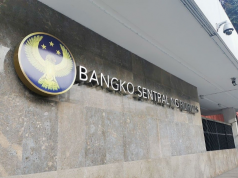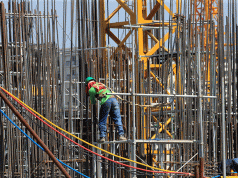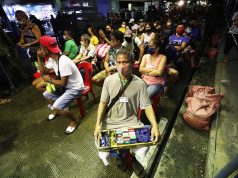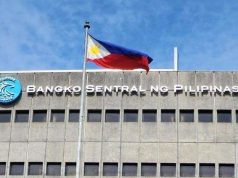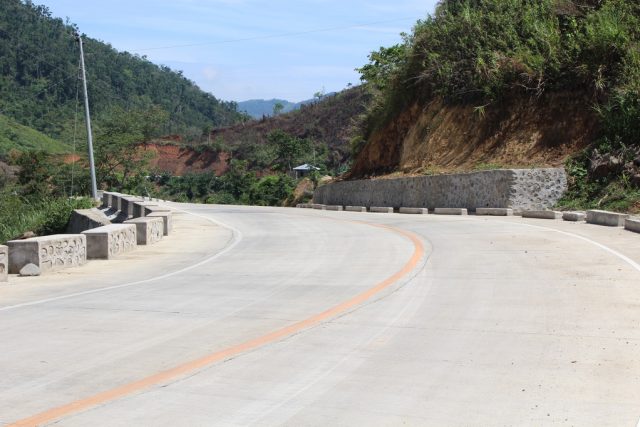
MANILA – Debt rater S&P has affirmed its investment grade rating of ‘BBB’, with Stable outlook, on the Philippines on back of the country’s robust external position.
In a statement on Friday, S&P cited the Philippines’ “strong external position, characterized by ample foreign exchange reserves and low external debt.”
It, however, said these factors are countered by the country’s lower middle income status and the weakness on institutional and governance framework.
Amid these flaws, the credit rater pointed out that these are offset by the Stable rating outlook, which “reflects our view that the policy environment remains conducive for sustained economic growth that contributes to continued stability of the sovereign’s fiscal and debt metrics.”
The credit rater also affirmed its ‘axA/axA-2’ ASEAN regional scale ratings on the Philippines and the ‘BBB+’ transfer and convertibility (T&C) assessment.
It cited the Duterte government’s bid to improve further the economic situation in the country through its “10-point plan”, aimed at lessening poverty rate, increasing domestic expansion and addressing security issues.
On the other hand, it said “the president’s strong focus on improving law and order has given rise to concerns among some international observers.”
“When combined with the president’s policy pronouncements elsewhere on foreign policy and national security, we believe the predictability of future policy responses is slightly diminished,” the statement said.
S&P forecasts an increase in the country’s per capita output to around USD2,950 in 2017, through an annual per capita GDP growth of around 4.9 percent from 2017 to 2020.
These forecasts, it said, reflects “the balance of a strong domestic economy and a modest collective outlook for the Philippines’ trading partners.”
Growth of the economy is seen to still be driven by strong domestic consumption, investments and exports.
“These strengths will likely be underpinned by strong household and company balance sheets, sound growth in jobs and income, inward remittance flows, and an adequately performing financial system,” S&P said.
Risks to this outlook include uncertain conditions in the country’s export partners and infrastructure gap, particularly on transportation and energy, it said.
“Without the closure of infrastructure gaps and improvements in the business climate through greater political stability and regulatory reforms, the Philippines may experience challenges in maintaining its relatively robust rate of economic expansion over the medium to long term,” it said.
The government’s decision to increase infrastructure beyond five percent of gross domestic product (GDP) is projected to bring the general government budget gap to 2.8 percent annually from 2017-2020, higher than the 0.3 percent average from 2013-16.
Economic managers have increased the budget deficit ceiling from two percent of GDP to three percent to allow greater space for infrastructure spending.
“We estimate the deficits will lead to a gradual rise in net general government debt to approximately 25 percent of GDP in 2020 versus 22 percent in 2016, but the government’s debt position remains a rating strength,” the statement said.
The country’s current account, which covers inflows of remittances, receipts of the business process outsourcing (BPO) sector and foreign direct investments, among others, “is likely to remain modestly in surplus amid the decline in recent years because of strong importation to address increasing domestic requirements.
S&P eyes the current account to average by one percent of GDP annually until 2020 “reflecting robust services exports (including mainly tourism, healthcare, maritime, and business process outsourcing), large remittance inflows, and lower oil prices.”
The services exports of the country is also seen to remain strong in the next five years due to “a large young, educated, and flexible labor market.”
“We expect the Philippines to remain in a solid net external creditor position, demonstrated by its narrow net external debt averaging about negative 24.8 percent ver 2017-2020,” S&P said.
The country’s banking sector is also a plus on the ratings, it said, citing that this remains funded by deposits by residents and has limited link with global markets.
S&P said the Bangko Sentral ng Pilipinas’ (BSP) “strengthened oversight of the financial sector” along with modest growth in private sector liabilities and of real estate prices “has also contributed to improved system stability in recent years.”
It remains positive on the central bank’s capacity to help sustain strong domestic expansion while at the same time ensuring that economic and financial shocks are prevented.
“This reflects the central bank’s sound record in keeping inflation low and its history of independence,” it said pointing out that “the BSP’s new monetary policy measures will improve the effectiveness of monetary policy transmission.”
“In our opinion, a deeper and more diversified financial and capital market would further improve the effectiveness of policy transmission and facilitate improved credit metrics,” it said.
“Our monetary assessment of the Philippines assumes there will be no material changes to the BSP’s charter by the new government, nor in its management of the peso,” it added.




